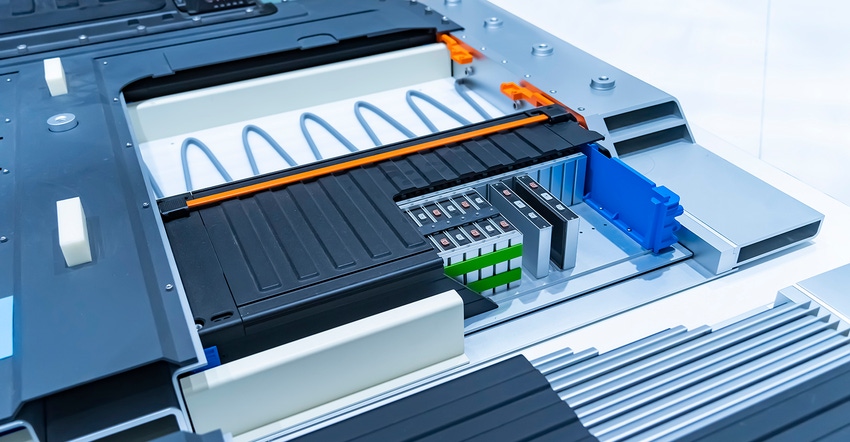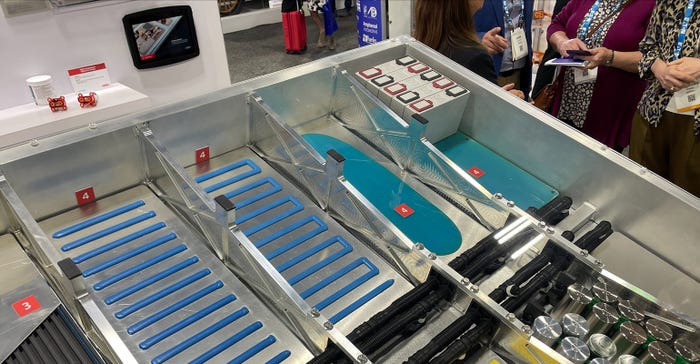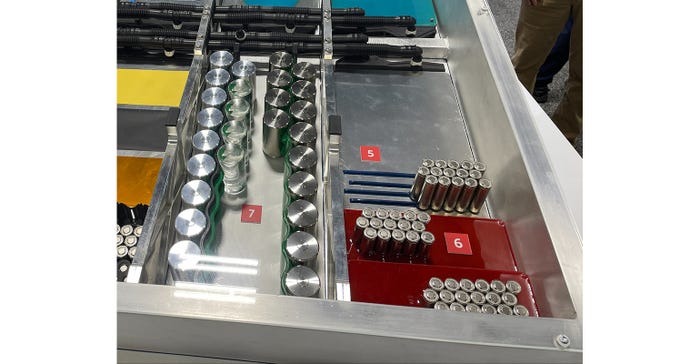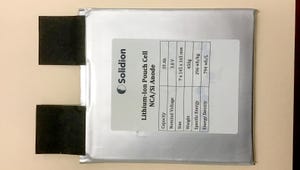Adhesive Technology in EV Batteries
Discover the essential role of adhesives in electric vehicle batteries, covering battery assembly, thermal management, and more—insight provided by a Dupont expert.

The electric vehicle (EV) industry has witnessed a rapid transformation in recent years, and one critical aspect of EV development is the battery technology that powers these vehicles. Battery packs in EVs are complex systems, and their assembly requires advanced adhesive technology to ensure structural integrity, thermal management, and longevity.
During The Battery Show North America, Battery Technology spoke with Frank Billotto, Dupont’s Business Development Manager for EVs. In this article, we'll delve into how adhesives can be utilized in EV battery packs and gain insights into how they enhance performance, as he explained.
Structural adhesives for battery pack enclosures
One of the key components in an EV battery pack is the enclosure, which houses the individual battery cells. Structural adhesives play a crucial role in joining the components of the enclosure, such as sidewalls and battery crossmembers, providing both structural support and sealing. These adhesives are designed to withstand the rigors of production and ensure a secure, leak-free enclosure.
Cooling plate assemblies
Cooling systems are vital for maintaining the optimal temperature of battery cells in an EV. Adhesives join cooling plate assemblies, often combining hybrid materials like plastic and metal. These adhesives provide structural support and seal the water glycol fluid used for cooling. This innovative approach results in lightweight and efficient cooling plates that contribute to the battery's overall performance. Billotto said: “Using the adhesive as the joining solution, it's a way of making a lightweight cooling plate and using adhesive to structurally join it and hold it together over the life of the vehicle.”
Thermal interface materials
In the upper part of the battery pack, thermal interface materials, often gap fillers, play a critical role in heat transfer and thermal management. According to Billotto, these adhesive materials act as interfaces between the battery cells and the cooling plates, ensuring heat is efficiently dissipated during charging and discharging. These adhesives enhance battery longevity by helping keep the batteries within the optimal temperature range (typically 35-60°C).

Thermal management and encapsulation
To mitigate the risk of thermal runaway in individual cells, adhesives are used to bond cells together and are encapsulated with polyurethane material. This encapsulation prevents the spread of thermal events from one cell to the next, adding an essential layer of safety to EV battery packs. “A thermal adhesive, combined with a polyurethane encapsulation, is a fire mitigation measure. If a cell exceeds its safe temperature limit and enters a thermal runaway situation, this solution isolates it, preventing cascading failures from one cell to the next,” Billotto explained.
In some designs, cylindrical cells are bonded to cooling ribbons, which are thermally conductive and structurally adhesive. Billotto emphasized that ribbon bonding facilitates the efficient transfer of heat from the batteries into the cooling system, all while providing structural support.

Cell-to-pack designs and cell-to-cell bonding
The next generation of EV batteries is witnessing the emergence of cell-to-pack designs. These designs integrate battery cells into the pack using thermal structural adhesives. Billotto explained that these adhesives provide not only structural support but also efficient heat transfer and dielectric isolation. This multifunctional approach enhances the battery's performance and contributes to safety.
EV batteries are subjected to various stresses, including vibration and road impacts. Structural polyurethane adhesives are used for cell-to-cell bonding to ensure the battery's long-term durability. These adhesives keep the cells firmly in place throughout the vehicle's lifespan.
Adhesive technology plays a vital role in the assembly and performance of electric vehicle battery packs. From ensuring structural integrity to managing heat and enhancing safety, adhesives, and sealants contribute significantly to the success of EVs. According to Fortune Business Insights, the global adhesives and sealants market size was valued at USD 62.63 billion in 2021 and is projected to grow from $65.38B in 2022 to $92.29B by 2029.
About the Author(s)
You May Also Like





